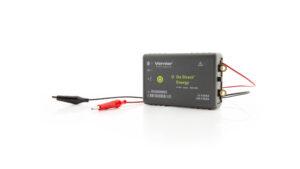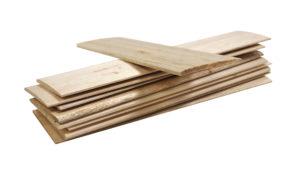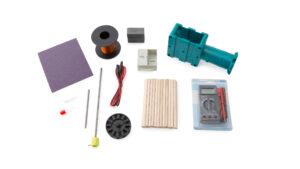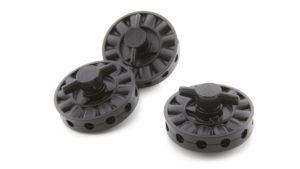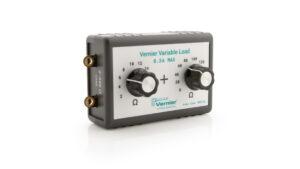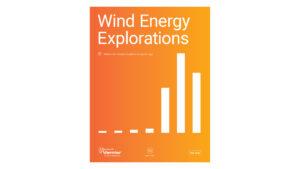Specifications
- Height: 24 in
- Maximum blade diameter: 36 in (27 in with provided materials)
- Maximum number of blades: 12
- Expected power output: 0–1 watts
- Table or floor space needed: 18 in diameter circle
View the KidWind Basic Wind Experiment Kit user manual
What's Included
Basic Wind Experiment Kit
- Wind Turbine Generator with Wires (1)
- Nacelle Body Half (2)
- Motor Mount Pack (1)
- 8″ Hex Shaft with Hub Quick Connect (1)
- Wind Turbine Hub (1)
- Power Output Board (1)
- Tower Base Leg (3)
- Tower Base Locking Ring (1)
- Tower Base Hub (1)
- Plastic Weightlifter Bucket (1)
- Blade Pitch Protractor (1)
- Hex Lock (3)
- Spool (1)
- Gear Set (8-, 16-, 32-, and 64-tooth gears) (1)
- 20″ Tower (1)
- 1/2″ Washer (25)
- Dowels* (25)
- Power Output Pack* (1)
- 3″ x 12″ x 3/32″ Balsa Wood Sheet* (5)
- 3″ x 12″ Chipboard Blade Sheet* (10)
- 4′ String* (4)
Classroom Pack
- Wind Turbine Generator with Wires (3)
- Nacelle Body Half (6)
- Motor Mount Pack (3)
- 8″ Hex Shaft with Hub Quick Connect (3)
- Wind Turbine Hub (8)
- Power Output Board (1)
- Tower Base Leg (9)
- Tower Base Locking Ring (3)
- Tower Base Hub (3)
- Plastic Weightlifter Bucket (3)
- Blade Pitch Protractor (3)
- Hex Lock (9)
- Spool (3)
- Gear Set (8-, 16-, 32-, and 64-tooth gears) (3)
- 20″ Tower (3)
- 1/2″ Washer (75)
- Dowels* (150)
- Power Output Pack* (3)
- 3″ x 12″ x 3/32″ Balsa Wood Sheet* (25)
- 3″ x 12″ Chipboard Blade Sheet* (50)
- 4′ String* (4)
- 8 1/2″ x 11″ Chipboard Sheet* (25)
* This part is a consumable and is excluded from the warranty.
Note: The Basic Wind Experiment Kit and Classroom Pack does not include experiment instructions, basic tools (glue, scissors, screwdriver, etc.) or a multimeter. You can measure current and voltage from the turbines using a Go Direct® Energy Sensor, and an optional Vernier Variable Load or Vernier Resistor Board.
Activities & Concepts
Activities
- Design and compare turbine blades
- Generate electricity
- Measure power output
- Lift weights
- Light LEDs
- Charge capacitors
- Compare airfoils and flat blades
Concepts
- Understanding clean energy
- Exploring energy transformations
- Exploring the relationship between energy and forces
- Developing and using physical models
- Understanding differences between energy and power
- Collecting data with advanced tools
- Analyzing and interpreting data
- Using mathematics to explain and understand data
- Designing controlled experiments
- Optimizing designs
Lessons, Tips, and Challenges
Download lessons, learn tips for building turbines, and check out the KidWind Challenges.
Go to KidWind.org




